On May 1, 2012, the American Avocet visited McKinley Beach at Milwaukee’s lakefront. Sometimes this bird is seen during migration if it strays from its normal course. Along with many other photographers, I was delighted to capture images of this infrequent visitor to Wisconsin.
During migration, the American Avocet doesn’t spend much time in one location, typically 24 hours or less. So if you hear about one, you best be on your way!
American Avocet
Binomial name: Recurvirostra americana
Category: Stilts and Avocets
Description: Black and white plumage on the body. Reddish-brown feathers on the head in summer for breeding season; white in the winter. Thin, upturned bill and long, gray legs.
Size: 16″-20″ long, 27″ – 30″ tall
Weight: 10 – 15 oz.
Habitat: Ponds, lakes, and shorelines
Diet: Crustaceans and insects
Nesting: Shallow nest near water such as shorelines or small islands. The nest may be made out of thin sticks, dried grasses, or a depression in sand. Typically 3 or 4 eggs will be laid at one time and will be incubated by both parents. The parents aggressively protect their nests. After hatching, the young will leave the nest within 24 hours and feed themselves.
Notes: The American Avocet has a tricky way of dealing with predators. When in danger, its bird call pitch may change to simulate the Doppler effect. This confuses predators into thinking the bird is approaching more quickly than it really is!
To see the full gallery of images, please click here.

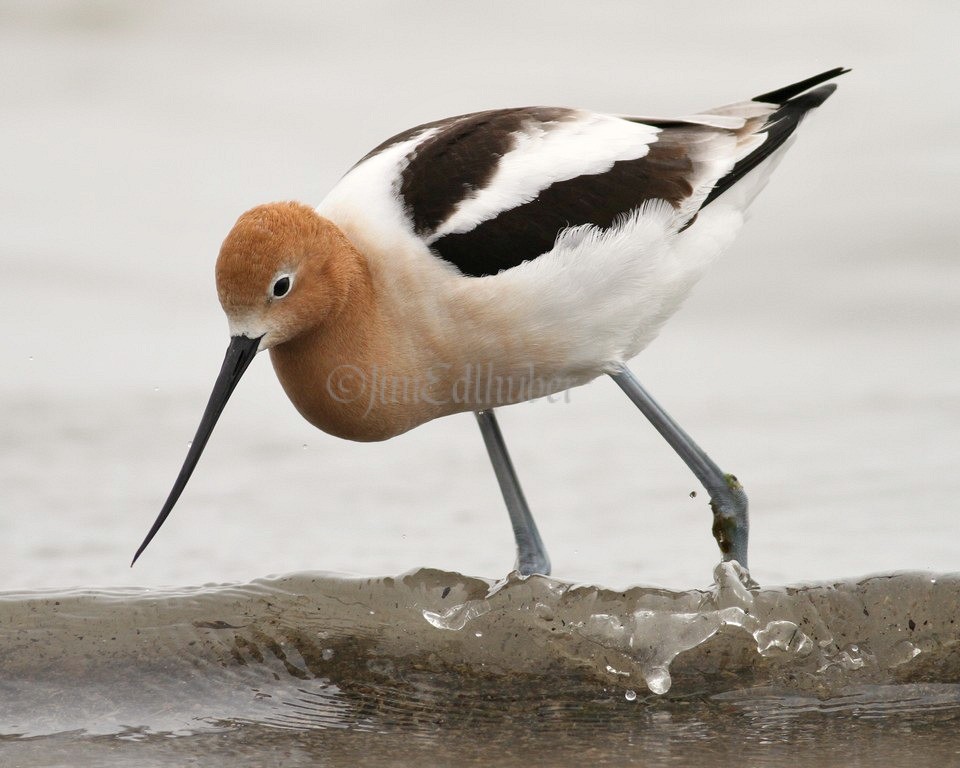
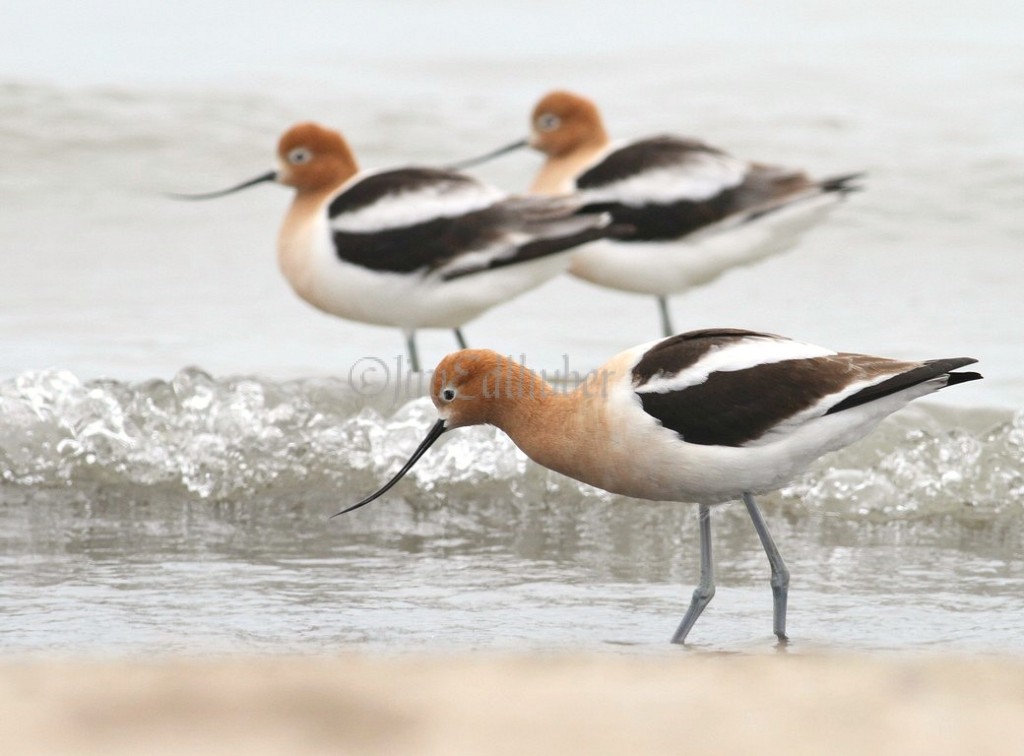
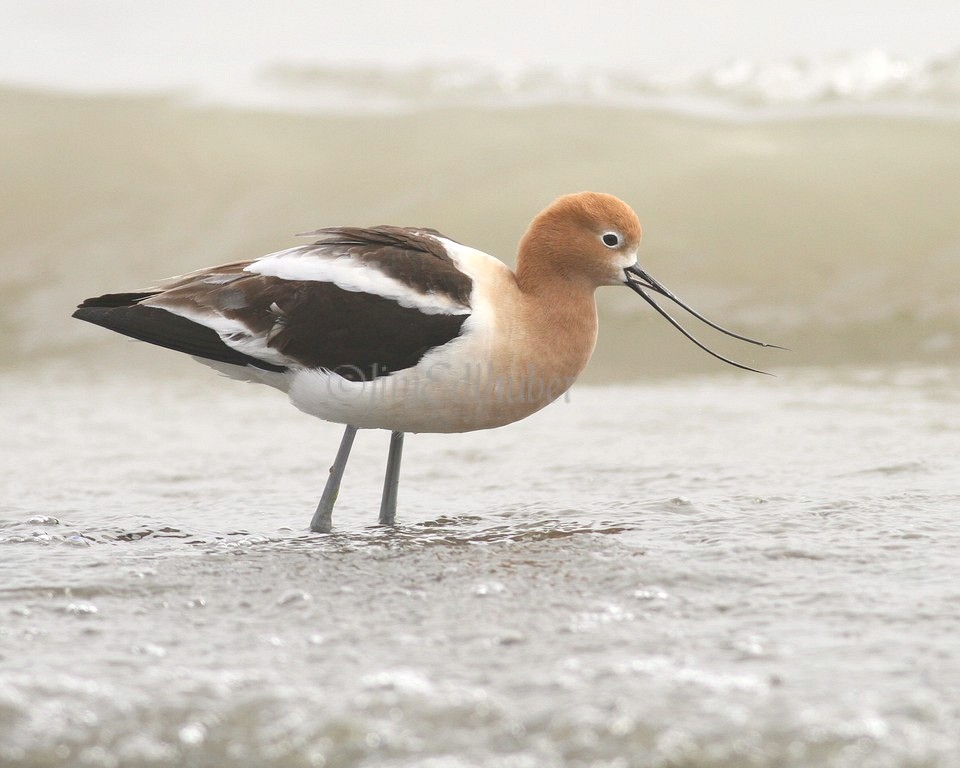
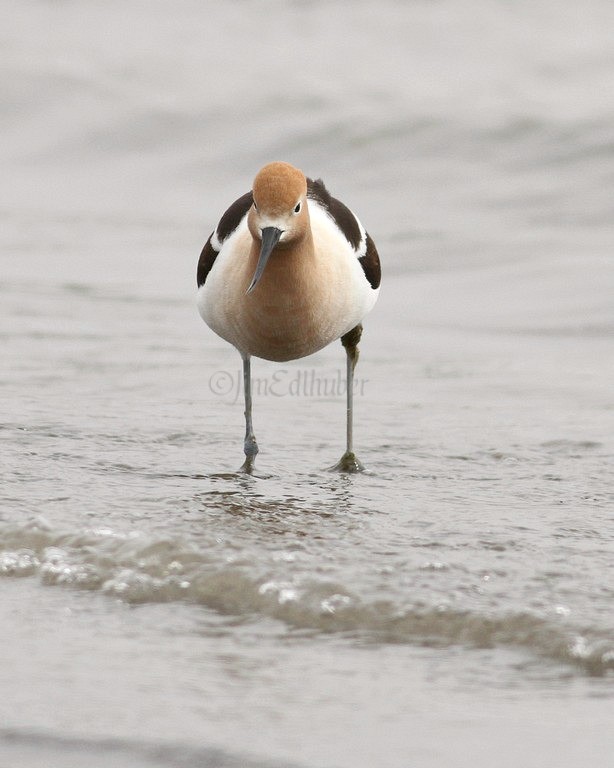
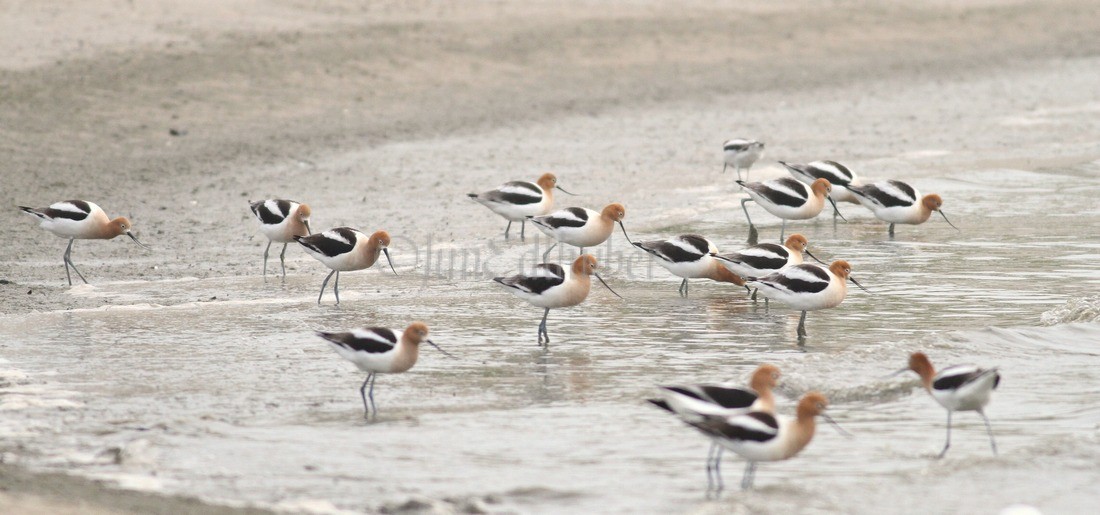



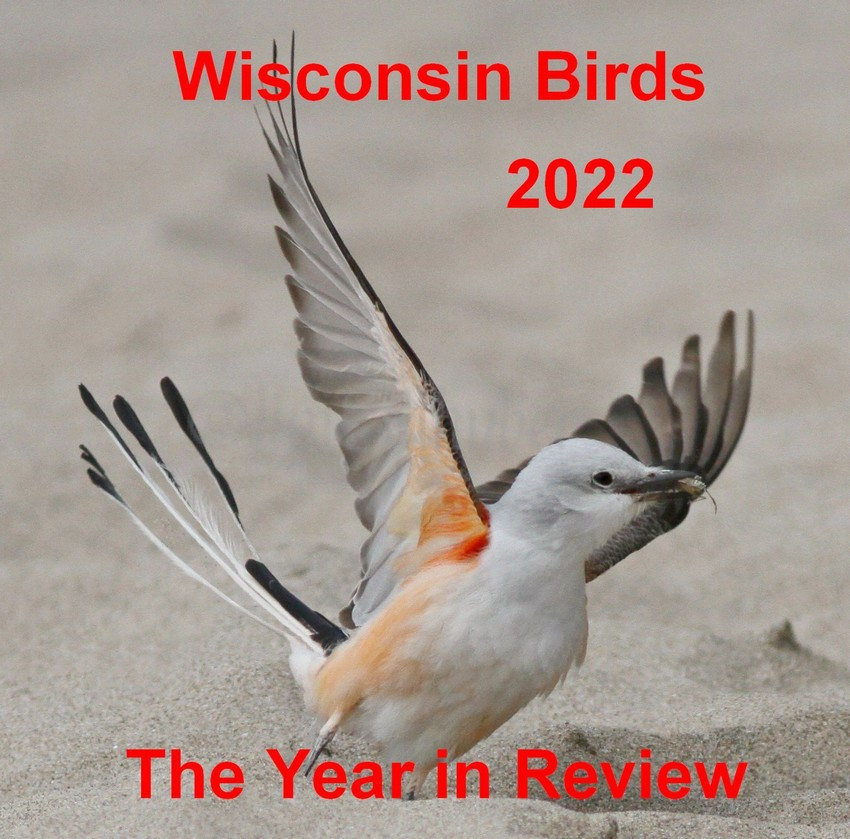
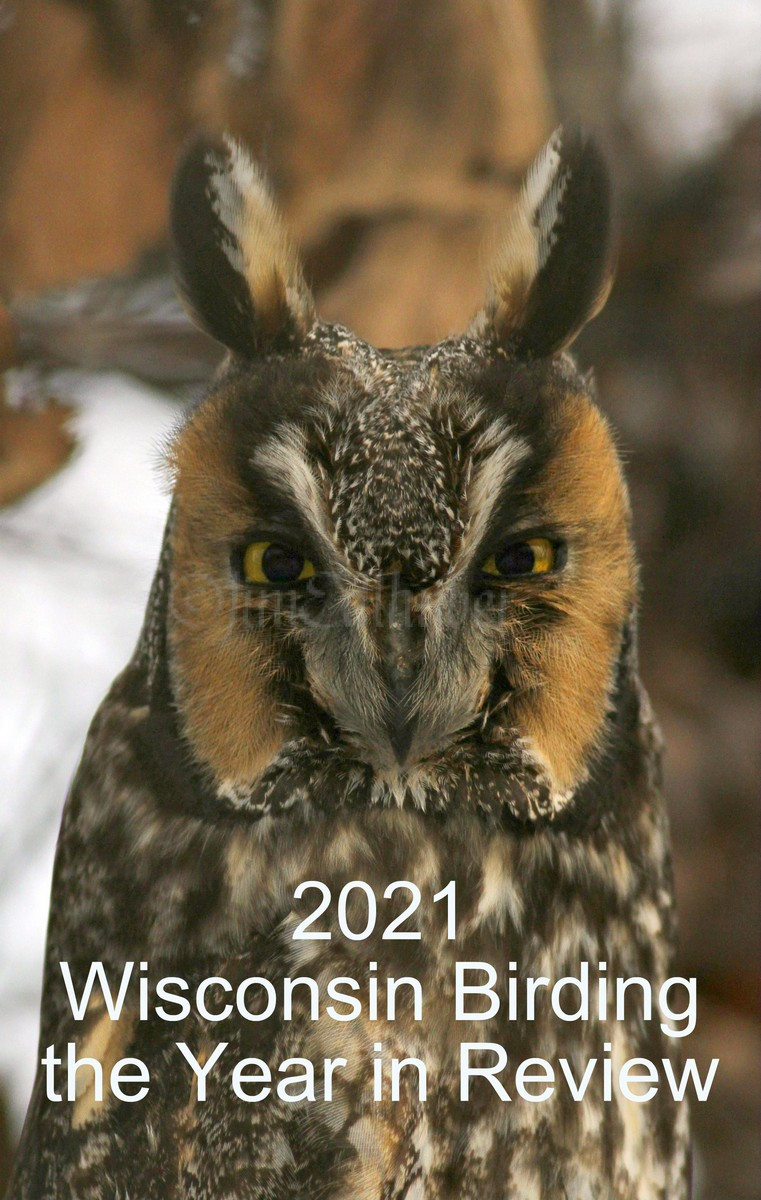


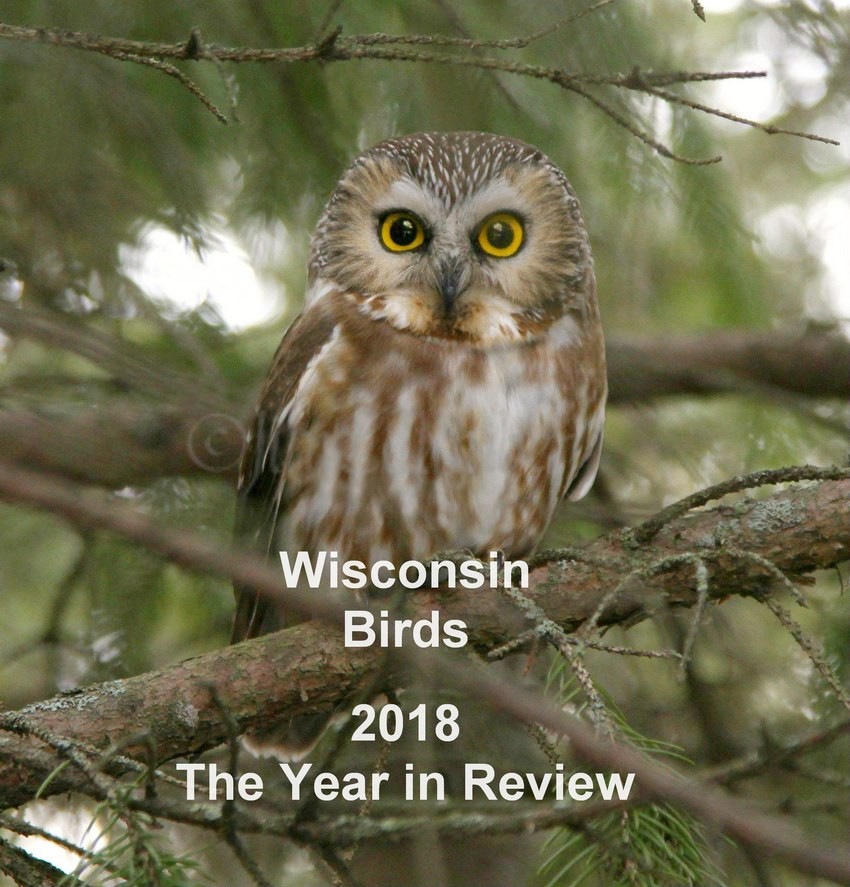
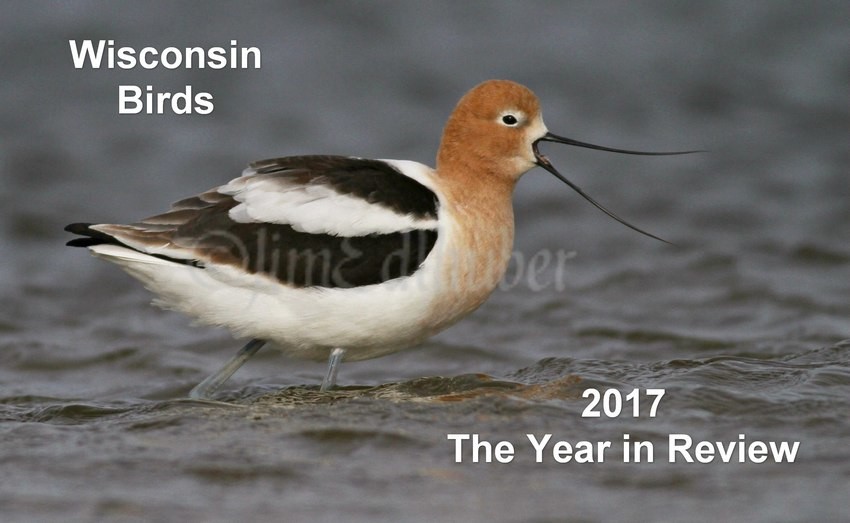
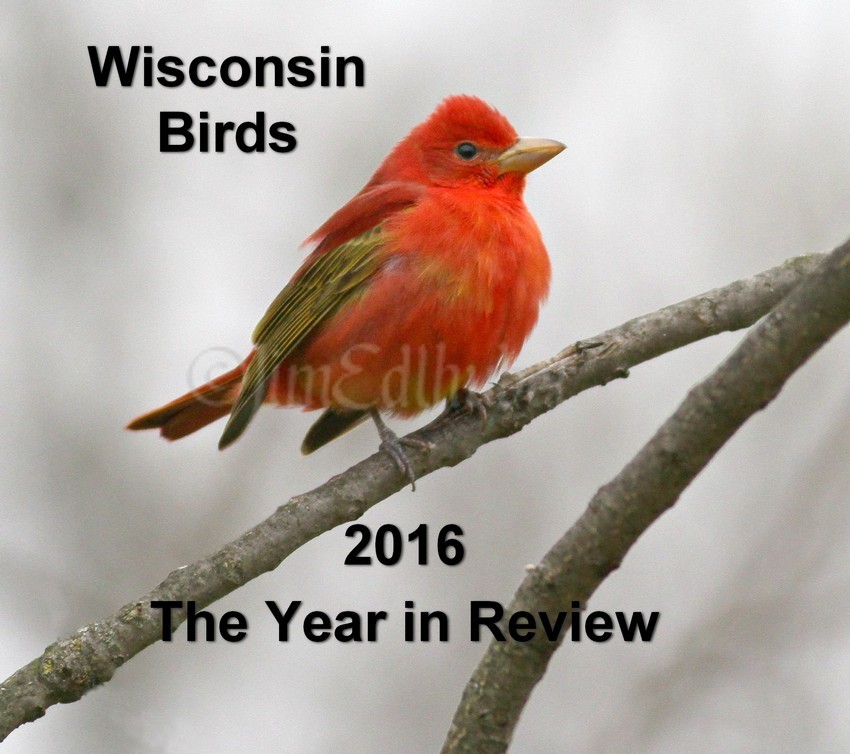
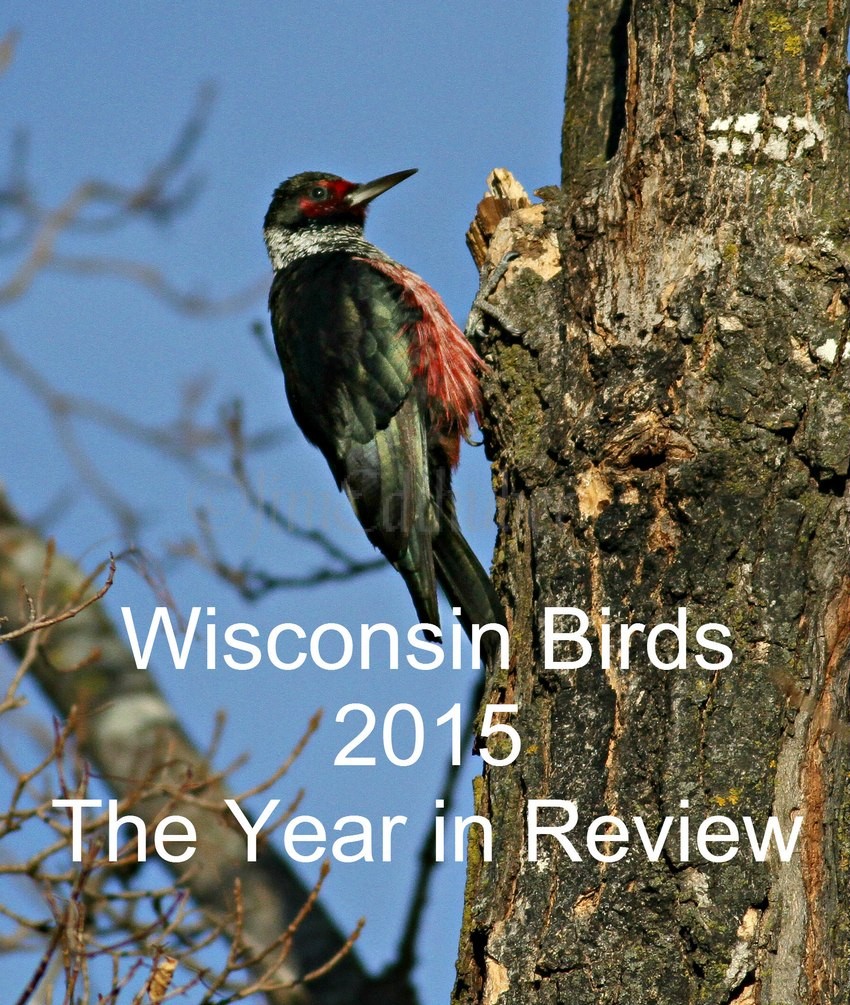


Very nice blog, Jim – and great photos, as always. I look forward to seeing more!
Pingback: American Avocet Lakeshore State Park Milwaukee Wisconsin September 30, 2014 - Window to Wildlife - Photography by Jim Edlhuber
They were spotted again on April 22nd 2015 at Bender’s Park. I have been down there to see if I could capture them but unfortunately I haven’t spotted them myself yet. I’m hoping to see them before they leave.